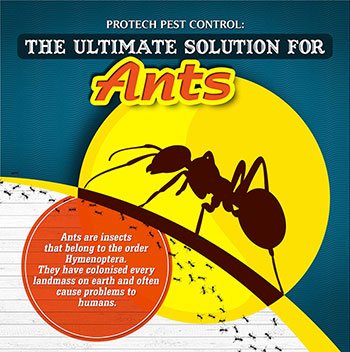By Gaining Understanding Into The Details Of Rodent Nesting Habits, You Can Establish An Extensive Method To Rodent Control That Outwits These Insects
By Gaining Understanding Into The Details Of Rodent Nesting Habits, You Can Establish An Extensive Method To Rodent Control That Outwits These Insects
Blog Article
Article By-David Avery
When it concerns rodent control, comprehending typical rodent habits is key to successfully managing infestations. Did you know that rodents have some interesting nesting behaviors that might surprise you? By exploring their detailed habits, you can gain important insights into exactly how to deal with rodent concerns in a much more strategic and efficient way. So, let's untangle the secrets behind these animals' actions and discover how to outsmart them in your rodent control initiatives.
Rodent Nesting Habits
When observing rats in their natural habitat, you'll notice that they actively seek out products to create their nests. Rodents, such as computer mice and rats, are clever creatures that utilize a range of items like twigs, leaves, paper, and fabric to develop their homes. They're careful in their nest-building procedure, typically lining their nests with softer materials like fur or plumes to develop a comfy setting.
Rodents choose to build their nests in concealed and safe and secure locations to safeguard themselves and their young from killers. Common nesting areas consist of wall cavities, attic rooms, basements, and even within insulation products. By building their nests in these secluded locations, rodents can safely increase their spawn far from potential threats.
https://sentinelcolorado.com/orecent-headlines/call-of-the-wild-aurora-is-learning-to-live-alongside-an-assortment-of-animals/ is necessary to recognize the nesting practices of rats when carrying out control procedures. By interrupting their nests or eliminating materials, you can dissuade rodents from developing a visibility in your home or residential property. Proper hygiene and sealing entry factors are also important action in protecting against rodent infestations.
Rat Feeding Patterns
After observing rats' nesting routines, it comes to be evident that their feeding patterns play a crucial duty in their every day lives and behaviors. Rodents, including computer mice and rats, are opportunistic feeders, implying they'll eat whatever food source is easily offered. They're primarily nocturnal creatures, choosing to forage for food during the cover of evening to prevent predators.
Rodents have a varied diet regimen, varying from grains, seeds, fruits, and veggies to pests, nuts, and even little pets. This adaptability in their food choices allows them to flourish in numerous settings, consisting of city areas where human food resources are plentiful.
Their feeding patterns aren't just driven by hunger but likewise by the need to stock food for times of shortage. This behavior is especially recognizable to prepare for cold weather or when nesting. Rats are recognized to hoard food in their nests or burrows, making certain a continuous food supply. Recognizing their feeding patterns is vital in applying effective rodent control measures to disrupt their food sources and stop invasions.
Rat Activity and Travel
Rats browse their surroundings with dexterity and stealth, using their keen detects to move swiftly through their atmospheres. These creatures are skilled climbers, able to scale walls and vertical surface areas easily. They can also squeeze through surprisingly small openings, making it vital to seal any potential entry points in your home.
When it concerns traveling, rodents often tend to follow familiar courses, creating routes along wall surfaces or skirting the sides of rooms. They're creatures of habit, typically sticking to these developed routes as they forage for food or explore their environments.
Rats are recognized for their nighttime routines, so you may hear them hurrying around at night as they search for food and water. Their movements are quick and erratic, enabling them to dart in and out of sight in the blink of an eye.
Understanding exactly how rodents move and take a trip can aid you recognize prospective infestation locations in your home and take proactive actions to prevent these pests from gaining a footing.
Conclusion
As you function to regulate rats in your house, bear in mind that understanding their behavior is key. By identifying their nesting practices, feeding patterns, and movement, you can efficiently prevent invasions.
Together, by taking proactive measures to eliminate food resources and seal off access points, you can disrupt their acquainted courses and compel them to seek out new places, inevitably decreasing the chance of rodent presence in your living spaces.
